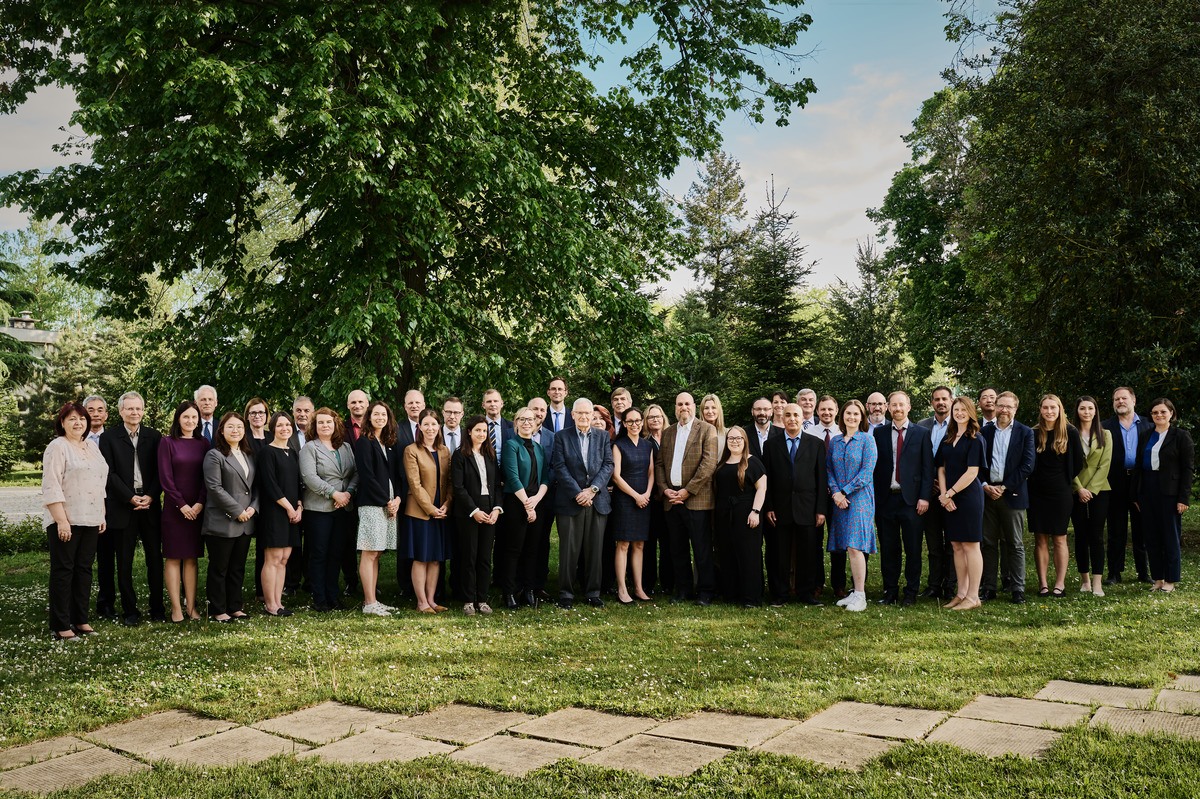NPT PrepCom 2018 Side Event on The International Partnership for Nuclear Disarmament Verification
April 27, 2018
Remarks by David Chambers
Senior Principal Research Analyst
FCO, United Kingdom and Co-Chair of IPNDV Working Group 4
Good afternoon everybody. I will now give an overview of the plan of our work for Phase II of IPNDV, and say a little about how IPNDV fits together with other initiatives looking at disarmament verification. A more detailed programme of work for Phase II can be found on the IPNDV website IPNDV.org.
There are five overarching objectives for our work in Phase II: 1) to broaden the work of IPNDV to look at wider aspects of disarmament verification beyond the simple scenario we concentrated on in Phase I; 2) to deepen the work on verification, by looking in depth at certain key elements to ensure we can fulfil our third objective; 3) to develop practical and effective monitoring and verification options, only by looking in detail can we hope to create solutions which can give inspectors high confidence while protecting security, safety and proliferation sensitive information; 4) to undertake practical exercises and technology demonstrations, and I will say more on our plans in this area in few minutes, and finally and most importantly; 5) to undertake outreach activities to share the lessons learned within IPNDV as widely as possible, with technical, academic and policy audiences, such that we build capacity not just within IPNDV but in the widest possible communities.
Phase II will be a two year programme of work, to give the partnership time to undertake a significant body of work and produce substantive results, but to ensure it is not too long before we put pressure on ourselves to share those results more widely. We will of course keep sharing our findings during Phase II as and when we can. This timing will also fit with the current NPT review cycle, meaning we will be looking to end this current phase in time for its results to be shared at the NPT review conference in 2020. Much as in Phase I, we will have three working groups, so we can cover more ground than with only one group, but not spread ourselves too thinly. We will have a series of working group meetings each year, the first of which for Phase II was just a few weeks ago in Stockholm, ending with a plenary to review our work at the end of each year.
The choice of work for Phase II was done to logically build on the work undertaken in Phase I, and to tackle the initial elements that might be required to verify future nuclear disarmament. This already means we are aware of many crucial elements that will have to be tackled in future phases of IPNDV, particularly around elements of verification specifically related to the maintenance of a nuclear weapon free world. Indeed it is already clear that IPNDV will need to have many follow on phases to cover the breadth of work required.
The three working groups for Phase II will be: working group 4 on the verification of nuclear weapon declarations, co-chaired by the United Kingdom and Poland; working group 5 on the verification of reductions, co-chaired by Australia and the Netherlands; and working group 6 on the technologies for verification, co-chaired by the United States and Sweden. The United States and the Nuclear Threat Initiative (NTI) will of course continue to provide leadership and secretarial support for IPNDV throughout its ongoing work.
Working group 4 will focus on how to verify declarations of nuclear weapons. They will initially look at the role and objectives of declarations in nuclear disarmament, to understand the required timings, sequencing and informational requirements of such declarations, and to understand how declarations on weapons fits into the wider disarmament needs. They will then focus on initial weapon declarations, and how such declarations can be verified, taking into account if such declarations are of all the weapons in a state, or initially only of part of a weapons stockpile.
Verification of both the correctness and completeness of such declarations will be crucial parts of their work.
Working group 5 will focus on how to verify the reduction of a significant number of declared weapons. They will look at each of the 14 steps we identified in Phase I, to see what verification methods, tools and technologies can be applied at each step, as well as looking holistically at the entire process to understand how verification at each step builds confidence. Also by looking at the process as a whole, key steps and verification requirements can be identified so an efficient and practical verification regime can be built. This should also enable identification of specific key elements that can be studied in greater detail to develop effective and practical inspection methodologies which also take into account safety, security and non-proliferation. Consideration of how a regime is built and maintained over a significant period of time, and how this can build further confidence levels will be important.
Working group 6 will be a continuation of the work undertaken in Phase I by working group 3, focussing on the advancement of key verification technologies. These will include technologies to identify nuclear and explosive materials in containers, while protecting potentially proliferation sensitive information, and conforming to nuclear and explosive safety regulations. This will include aspects such as information barriers and how to build trust in equipment by both the host and inspectors. After all, only one side can provide such equipment, and how the other can be convinced it will produce the correct results and protect sensitive information is a fundamental requirement. The group will also look to undertake practical activities and to enable outreach demonstrations if possible.
As well as the three working groups, we have also begun to look at how we can undertake more practical activities within Phase II, and in Stockholm a further group met with members from all working groups to explore possible opportunities. This may include field or table top exercises, walk-through events or technology demonstrations. It is early days yet but this is something I am certainly looking forward to, and something that will add an exciting prospect of an interactive element to our work.
Finally I wanted to say a little about how IPNDV relates to other initiatives on nuclear disarmament verification. IPNDV is a technical initiative looking to develop practical and effective verification solutions, but it also brings together those from the policy and technical communities to discuss and understand the issues from a wide variety of perspectives. Previous and ongoing initiatives such as the UK-US, UK-Norway Initiative, and now the QUAD, which hopefully you will have heard more about yesterday at their side event, which involve a more limited number of States, have been able to focus on specific detailed elements of disarmament verification. Bringing together groups of technical experts from their States, has allowed greater in-depth study of specific technologies and methodologies. The work of these other initiatives is therefore highly complementary to IPNDV, and will continue to be so. Work on specific elements by these other initiatives, and indeed academic institutions such as the work undertaken by Hamburg University in Germany and at Princeton University and the Massachusetts Institute of Technology in the US, as well as of course previous verification work undertaken by the IAEA, OPCW and US-Russia, are used by the groups within IPNDV enabling them to explore how these results fit into the wider nuclear disarmament picture, and identify remaining gaps and future areas of study. Importantly in the next few weeks the UN Group Of Governmental Experts on Nuclear Disarmament Verification will meet here in Geneva. This group will provide a policy perspective on how verification can advance nuclear disarmament, further widening the number of States involved in this work. Further work on all aspects of verification are required, including technological, academic and policy orientated efforts. There is therefore plenty of room for not only the existing initiatives but for plenty more as well, so I encourage all of you, if you are not already, to become involved and help create the practical and effective verification solutions, which will enable the required confidence to be gained, in future nuclear disarmament.
Thank you.





